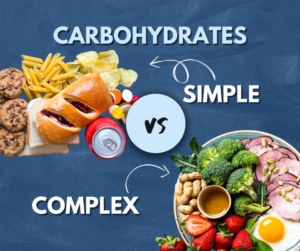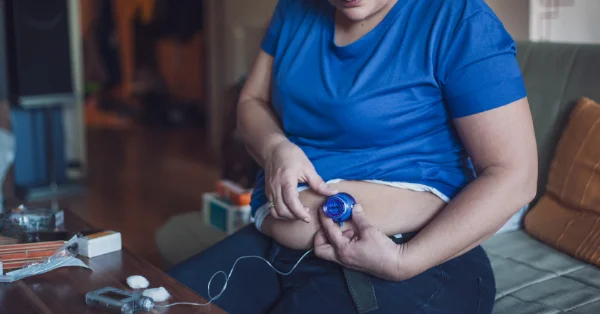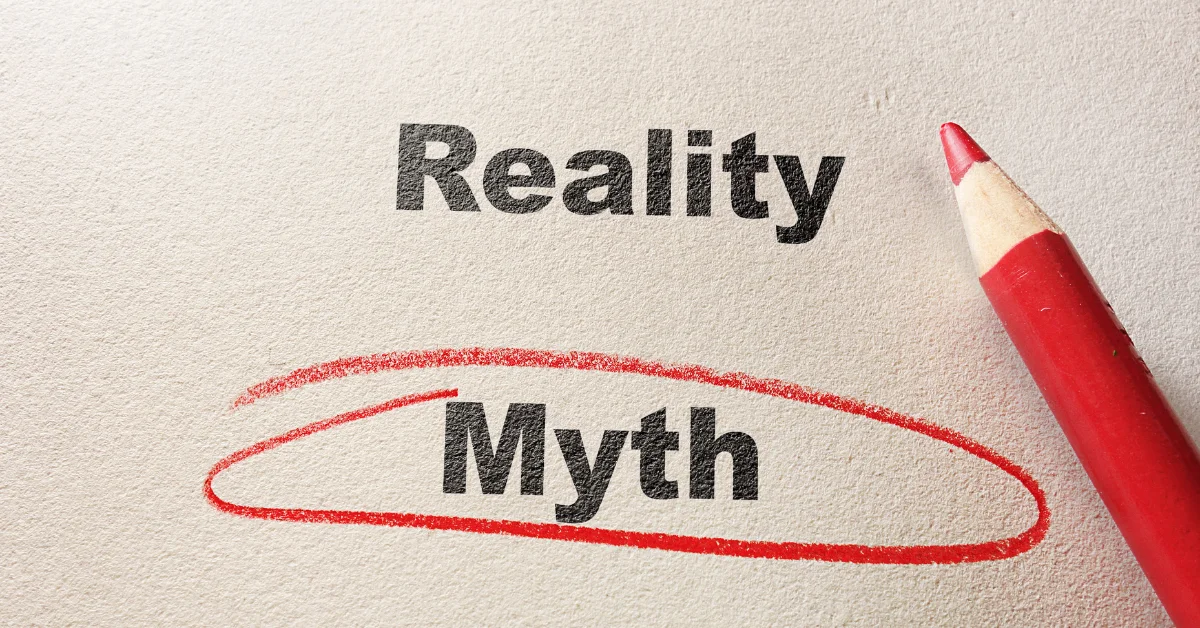The dawn phenomenon is an increase in blood sugar levels, or hyperglycemia, that happens in the morning. This typically occurs between the hours of 3:00 a.m. and 8:00 a.m. The dawn phenomenon is common in individuals with either type 1 and type 2 diabetes, and it has an estimated prevalence of over 50 percent. It is typically not seen in people without diabetes, as increases in blood sugar are counteracted by insulin. In people with diabetes, the dawn phenomenon can potentially elevate blood sugar to dangerous levels. This is why it is important to try to manage the dawn phenomenon. Read on to learn more about what causes the dawn phenomenon, the symptoms to look out for, and the steps that can be taken to help manage it.
Dawn phenomenon cause
The dawn phenomenon occurs due to the release of hormones in the body. These can include things like growth hormone, cortisol, and glucogen. When levels of these hormones increase, the liver is stimulated to release glucose into your bloodstream. This gives the body a boost of energy in preparation for waking up in the morning. This natural increase in blood sugar occurs in all people. In individuals without diabetes, a rise in blood sugar causes cells in the pancreas to begin producing insulin to help keep blood sugar levels balanced.
What happens when this occurs with people with diabetes?
Individuals that have diabetes may produce too little insulin. They may also have insulin resistance— when the cells of the body do not respond to insulin effectively. In this case, blood sugar levels remain high upon waking up in the morning. If insulin is being used as part of a diabetes treatment plan, it is also possible that it may not be enough to manage blood sugar levels throughout the night. This can happen for a couple of reasons. For example, if long-acting insulin is injected too early, insulin levels in the bloodstream may not last until the morning. Or, if an insulin pump is used, the levels of insulin it administers throughout the night may be too low to counteract the dawn phenomenon.
Some research also shows that sleep quality in individuals with type 2 diabetes may affect the dawn phenomenon. The magnitude of the dawn phenomenon was shown to be higher in people with poor sleep quality than in those with good sleep quality.
Is the dawn phenomenon dangerous?
Studies have shown that the dawn phenomenon can increase HbA1C levels, a measure of average blood sugar levels over three months, by 0.4 percent. Elevated HbA1C levels are associated with an increased risk of diabetes complications. These can include things like heart disease and kidney damage. Even small changes may increase risk. For example, studies have suggested that for each 1 percent increase in HbA1C, there is an associated 15–20 percent increase in the risk of cardiovascular complications. Since even small increases in blood sugar levels can impact overall health, managing the dawn phenomenon can be an important step in reducing the risk of diabetes complications.
Symptoms
The main symptom of the dawn phenomenon is high morning blood sugar. High blood sugar, also called hyperglycemia, is when blood sugar readings are over the general blood sugar target of 180 milligrams per deciliter (mg/dL). This target, however, may vary with each individual. High blood sugar due to the dawn phenomenon is often persistent and hard to manage.
Generally, people that experience the dawn phenomenon do not experience any physical symptoms.
Some symptoms, however, can occur. Some to look out for include:
* being very thirsty or having a dry mouth
* fatigue
* blurry vision
* abdominal discomfort
* nausea
Testing Blood Sugar
If it is noticed that there are frequent high blood sugar levels in the morning, setting up a testing routine for several nights may be useful. To do this, test blood sugar at the following times:
- right before going to bed
- in the early morning hours, such as between 2:00 a.m. and 4:00 a.m.
- first thing in the morning
Doing this can give a better awareness of blood sugar levels at different times and when they are beginning to rise. It can also serve as a helpful log for endocrinologist visits to discuss high morning blood sugar levels.
Evening routine tips
Setting up an evening routine can help bring better management to high morning blood sugar. Here are some tips below that may be used to get started:
- Avoid carbohydrates before bed– Eating a carb-filled snack prior to bedtime can cause blood sugar levels to rise. When this persists throughout the evening, the effects of the dawn phenomenon may be exacerbated.
- Have dinner regularly– Always be sure to eat dinner in the evening. Not doing so may lead to hypoglycemia. To prevent having high blood sugar levels when at bedtime, avoid large meals and aim to have meals with a higher protein to carbohydrate ratio. Eating dinner earlier in the evening rather than later may also help.
- Be active– Exercising in the evening hours can help to lower blood sugar levels. Just be careful not to overdo it, as this may increase the risk of hypoglycemia during the night. Focus on lighter activities like walking or yoga. If high blood sugars occur in the morning, being active during this time is not a bad idea either. This can help lower blood sugar, as well.
- Consider the timing of insulin or medications– Considering the timing of insulin or other medications may also help. This is because it is possible that there may not be enough in the body to counteract the effects of the dawn phenomenon in the early morning hours. Potential strategies to try include:
- taking insulin or diabetes medications prior to bed
- using long-acting insulin a little later in the day
- programming an insulin pump to give more insulin in the early morning hours
- Adjusting insulin or medications can potentially have other health effects. Because of this, always speak with a doctor before doing so. For example, using too much before bed may cause low blood sugar during the night, which can also be dangerous.
When to seek care
The National Institute of Diabetes and Digestive and Kidney Diseases recommends seeing a doctor if blood sugar levels are high more than three times in a 2-week period. Continuous blood glucose monitoring may be suggested to evaluate blood sugar levels during the night. This can help determine if the dawn phenomenon is the culprit, or something else. There may also be some adjustments or switches made in diabetes medications or insulin. For example, programming an insulin pump to give more insulin in the early morning hours can help to counteract the dawn phenomenon. Overall, it is possible that some trial and error will be needed in managing the dawn phenomenon. Different combinations of medication adjustments and lifestyle changes to reduce morning blood sugar levels may be needed.
The bottom line? Each person living with diabetes is different. The information given in this article is of a general nature. The most important conversation that needs to happen if high blood sugars are regularly occurring in the morning is with an endocrinologist, and other members of a trusted diabetes care team.
Sources Cited:
https://www.healthline.com/health/diabetes/dawn-phenomenon
https://www.ncbi.nlm.nih.gov/books/NBK430893/
https://www.ncbi.nlm.nih.gov/pmc/articles/PMC5352967/
https://www.ncbi.nlm.nih.gov/pmc/articles/PMC3836163/
https://www.ncbi.nlm.nih.gov/pmc/articles/PMC2858202/
https://www.healthline.com/health/type-2-diabetes/hyperglycemia
https://www.healthline.com/health/diabetes/home-tests
https://www.healthline.com/health/type-2-diabetes/diabetes-bed-routines
https://www.healthline.com/health/type-2-diabetes/top-exercises
https://www.healthline.com/health/diabetes-complications
By Donna Cross
Type 2 Diabetes Advisor, Certified Reiki Practitioner (RP), The Diabetes App
19 November 2022









